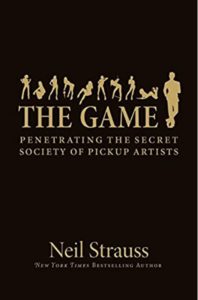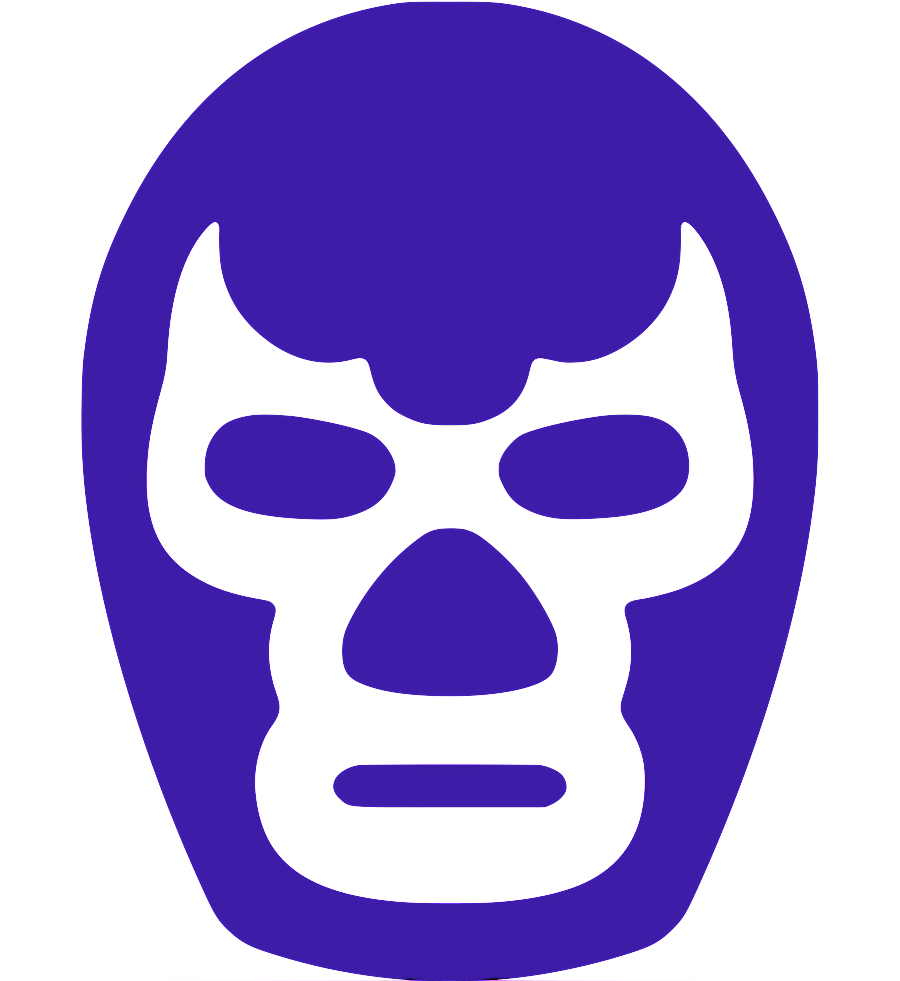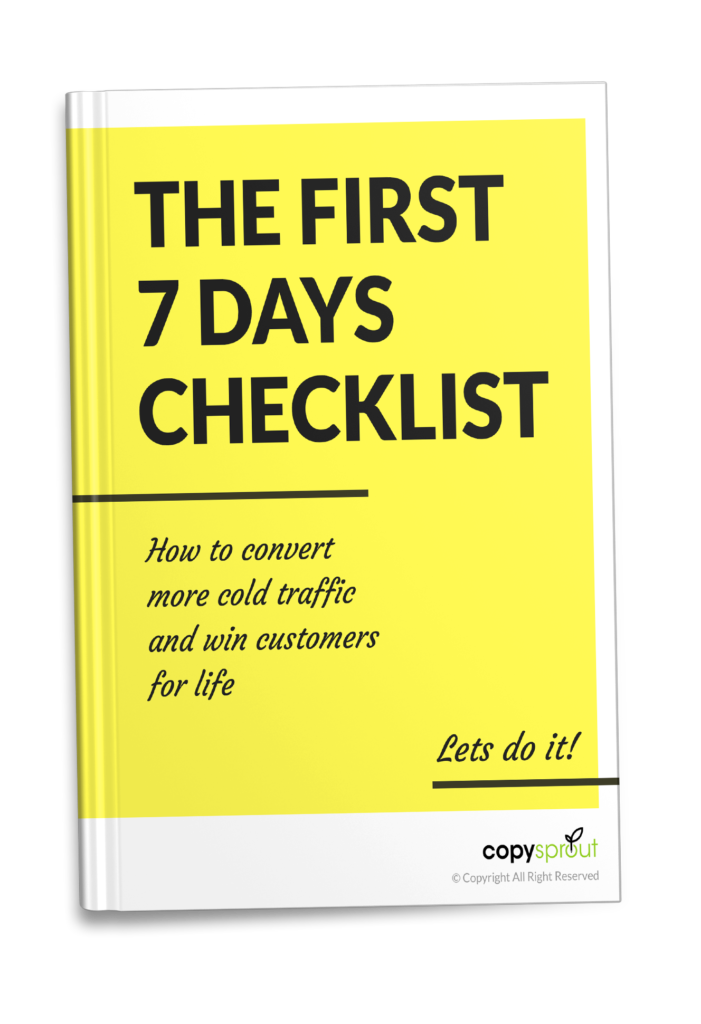This book was part of my copy cub homework with Parris Lampropoulos, and I hated reading it.
In fact, I read the last several chapters as quickly as I could, specifically because I didn’t want to have to take the book with me on my upcoming vacation. (This was pre-COVID, when travel was a thing.)
The book is The Game, by Neil Strauss.

If you haven’t heard of it, it’s about the dark and disturbing world of pick-up artists.
I would’ve been happy to steer clear of that world, including reading about it. But there are a lot of lessons for copywriters about persuasion and psychology, so I recommend it anyway.
Here are my top 5 copy takeaways from the book:
#1 Copywriters and pick-up artists both need to grab attention right away.
A pick-up artist might do this by asking for a woman’s opinion on something. A copywriter can’t use that exact tactic, since we’re not talking to the target in person. But a copywriter CAN create an irresistible hook that grabs the reader’s attention.
#2 Pick-up artists — like copywriters — use social proof.
Social proof for a pick-up artist means being at a bar with a beautiful woman. She is his social proof. And that social proof makes it much easier for him to meet other women than if he was hanging out alone. Meanwhile, copywriters use things like case studies and testimonials as social proof.
#3 We both use some form of “crack” to hook people.
Strauss used something he called “chick crack.” Chick crack includes things like tests, psychological games, and fortune-telling, which draw women in and get their full attention.
Copywriters do the same thing when we create things like “what type are you” quizzes. All of these are examples of giving the other person insights about themselves, which they naturally find interesting.
#4 We both test our pitches.
For instance, Strauss tested copy for his personal ads. After several failures, he succeeded. The secret, he learned, was to seem like a selfish jerk in the ad, and then be a fascinating, laid-back gentleman when he met a woman in person.
And of course, copywriters test their ads, too.
#5 We’re different, too.
Strauss said that the problem with pick-up techniques is that they violate every principle necessary for a long-term relationship. Principles like sincerity, genuineness, trust, and connection.
And that’s one way pick-up artists differ from copywriters. The pick-up artist techniques are only about the immediate “sale.” Whereas a good copywriter working for a good client needs to think about the long-term relationship with the customer. So that means we have to be truthful in our copy. We have to be genuine about the promises we make. And we have to be sincere by writing for products we really believe in.
And that, my friends, is what saves us from being a slimy pick-up artist. 🙂
If you haven’t read this book, I do recommend it. Just take a shower afterward and maybe burn some sage in your house to clear out the ick.

